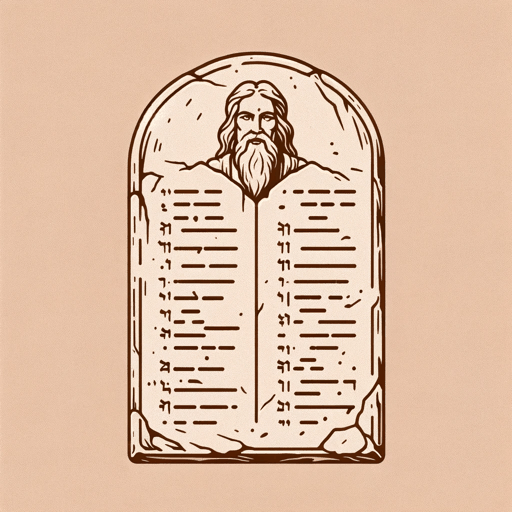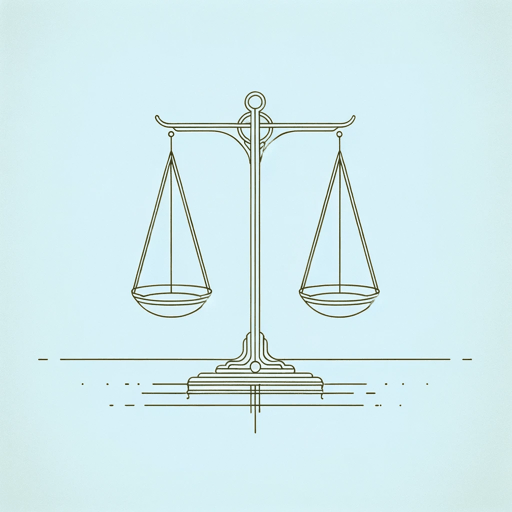43 pages • 1 hour read
AnonymousEveryman
Fiction | Play | Adult | Published in 1485A modern alternative to SparkNotes and CliffsNotes, SuperSummary offers high-quality Study Guides with detailed chapter summaries and analysis of major themes, characters, and more. For select classroom titles, we also provide Teaching Guides with discussion and quiz questions to prompt student engagement.
Background
Literary Context: Morality Plays
The literary and historical context in which Everyman was composed informs the play in crucial ways. Everyman is a morality play of unknown authorship, preserved in four printed editions published in the period between 1510 and 1535 but believed to have been first produced at the end of the 15th century. Everyman bears significant resemblances to the Flemish play Elekerlijc (“Everyman”), first printed in 1495; scholars have sometimes argued that the Flemish play was produced first and influenced the English play (though the reverse could also be true).
Morality plays, which were popular in England during the Tudor period of the 15th and 16th centuries, employed allegory and personified abstractions to explore predominantly Christian questions (the nature of good and evil, the roles of God and humanity in the universe, repentance and salvation, etc.). There are about 60 surviving examples of morality plays—many of them, like Everyman, of unknown authorship. Other types of religious plays were also popular at the time, including “miracle plays,” which dramatized religious events, and “mystery plays,” which also dramatized religious events (though often in a comical or irreverent manner). Morality plays, however, operate on a different level from miracle plays and mystery plays, reflecting on religious questions using literary devices such as 







Related Titles
By Anonymous

Arabian Nights
Anonymous

Arden of Faversham
Anonymous

A Woman in Berlin
Anonymous

Bible: New Testament: English Standard Version
Anonymous

Bible: Old Testament: English Standard Version
Anonymous

Deuteronomy
Anonymous

Diary of an Oxygen Thief
Anonymous

Do Not Stand at My Grave and Weep
Anonymous

Hebrew Bible
Anonymous

Holy Bible
Anonymous

Homeric Hymns
Anonymous

Judith
Anonymous

Laxdaela Saga
Anonymous

Lazarillo De Tormes
Anonymous

Mahabharata
Anonymous

Nibelungenlied
Anonymous

Njals Saga
Anonymous

One Thousand and One Nights
Anonymous

Popol Vuh
Anonymous

Sir Gawain and the Green Knight
Anonymous
